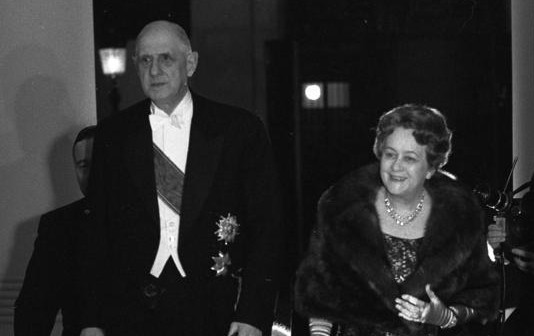The 2018 Name of the Year title went to Canadian hockey player Jimbob Ghostkeeper, beating Dr. Narwhals Mating with 57 percent of 7,500 votes cast. Notable also-rans in this year’s contest: Salami Blessing, La Royce Lobster-Gaines, Makenlove Petit-Fard, Bernard Bumpus, Christine Plentyhoops, Habbakkuk Baldonado, Early Champagne, Fabulous Flournoy, Dr. Dimple Royalty, Darthvader Williamson, Chosen Roach, Chardonnay Beaver, Forbes Thor Kiddoo, Quindarious Gooch, Darwin Tabacco, Blossom Albuquerque, Rev. Dongo Pewee, Mahogany Loggins, and Gandalf Hernandez.
Each year 64 candidates are chosen from reader nominations to compete in an NCAA-style bracket to establish the world’s most entertaining personal name. So far the “Hall of Name” includes Assumption Bulltron, Doby Chrotchtangle, Crescent Dragonwagon, Honka Monka, Excellent Raymond, Licentious Beastie, Mummenschontz Bitterbeetle, African Grant, Largest Agbejemison, Nimrod Weiselfish, Tokyo Sexwale, Tanqueray Beavers, Roszetia McConeyhead, Moses Regular, Jerome Fruithandler, Delano Turnipseed, Princess Nocandy, and Destiny Frankenstein. Send your nominations to nameoftheyear@gmail.com.




